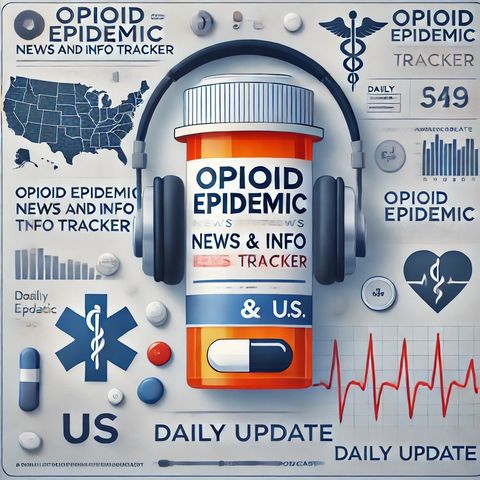Optimized Headline: "Navigating Opioid Settlement Funds: Transparency and Accountability Challenges Across the U.S."

Download and listen anywhere
Download your favorite episodes and enjoy them, wherever you are! Sign up or log in now to access offline listening.
Optimized Headline: "Navigating Opioid Settlement Funds: Transparency and Accountability Challenges Across the U.S."
This is an automatically generated transcript. Please note that complete accuracy is not guaranteed.
Description
The opioid epidemic has left an indelible mark on communities across the United States, prompting a massive legal and financial response to address the crisis. As part of this effort,...
show more### State-Level Efforts and Challenges
In Massachusetts, for instance, the state has allocated over $900 million from opioid settlements, with 40% going to municipalities and 60% to the statewide Opioid Recovery and Remediation Fund. Municipalities are required to submit annual reports detailing their use of these funds, ensuring transparency and accountability. These reports must include community input, expenditure details, and strategies to address service disparities and inequities.
In Indiana, a similar framework is in place, with a 50/50 split between state and local governments. The state uses guiding principles from the Johns Hopkins Bloomberg School of Public Health to ensure effective use of the funds. Local units of government must report their use of funds annually to the Indiana Family and Social Services Administration, which then compiles a comprehensive report for the Indiana General Assembly.
### Transparency and Accountability
Despite these efforts, many states face challenges in maintaining transparency. An analysis by KFF Health News revealed that while 12 states, including Idaho and Arizona, pledged to publicly report on 100% of their fund expenditures, there is often a gap between promises and actual practices. In Idaho, for example, reports are filled out but often contain cryptic references that require additional documentation to decipher, making it difficult for the public to understand how funds are being used.
### Public Access and Reporting
Wisconsin, on the other hand, has a more structured approach. The state receives over $750 million in settlement funds, with 70% allocated to local governments and 30% to the state. Wisconsin submits quarterly reports to the Joint Committee on Finance, detailing how the funds are used for prevention, harm reduction, treatment, and recovery services. These reports are publicly available, enhancing transparency.
### Variations in State Policies
Texas presents another example where transparency is mandated but not always straightforward. The Texas Comptroller of Public Accounts ensures the distribution of settlement funds to political subdivisions, but there is no statutory requirement for these subdivisions to report their use of the funds. This lack of reporting can make it difficult for the public to track how the money is being
Information
| Author | QP-4 |
| Organization | William Corbin |
| Website | - |
| Tags |
Copyright 2024 - Spreaker Inc. an iHeartMedia Company

Comments